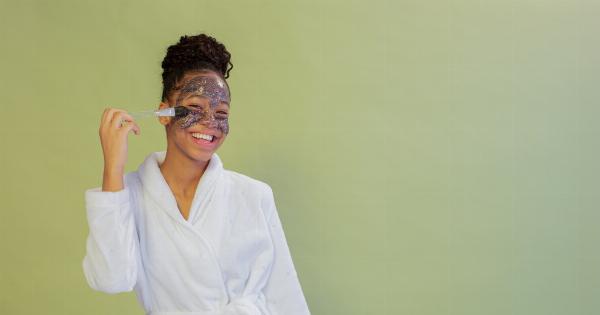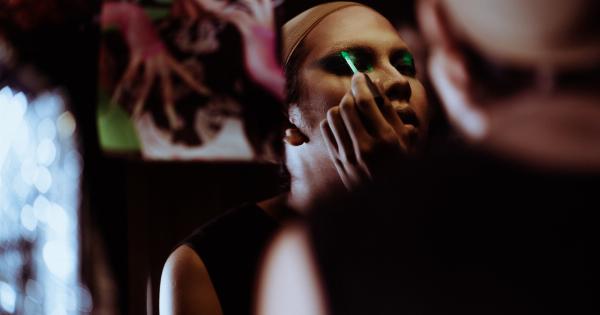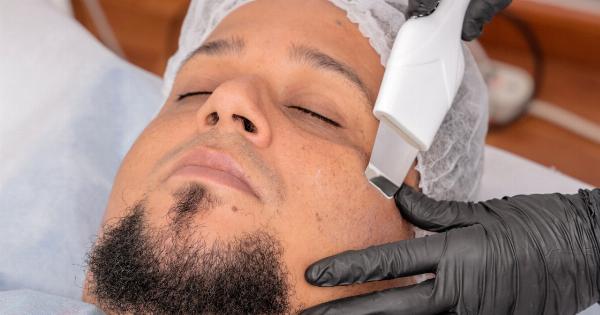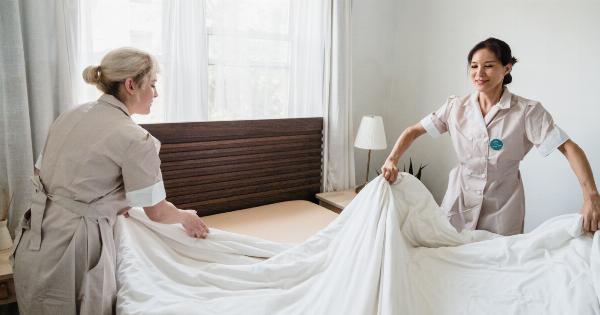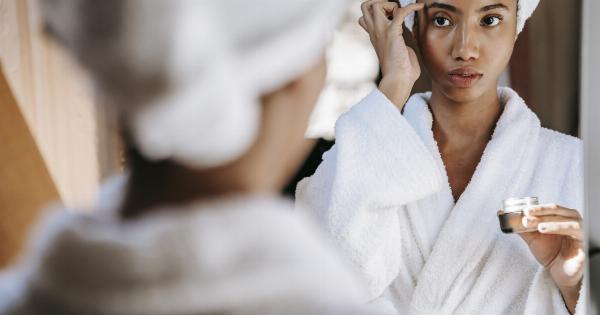Doctors are known for taking care of people’s health, but have you ever wondered why they need to peel the soles of their patients’ feet? As a medical professional, this is a standard procedure that is done before a foot exam, and it’s an essential step in ensuring that everything is alright with your feet. If you have ever gone for a foot exam, you probably encountered this process, which can be unnerving for first-timers. To help you understand why doctors peel soles, we have put together this article.
What is Peeling Soles?
Peeling soles is a process that involves removing the dry and dead skin cells from the soles of the feet. Removing these dead cells is vital because it allows the doctor to examine the feet thoroughly and accurately.
The process is also known as debridement medical skin, and it is a common procedure used by doctors to remove unhealthy tissue.
Why Do Doctors Peel Soles?
The reason why doctors peel soles is because it helps them perform a comprehensive foot exam. By doing so, they can detect any abnormalities in the skin, such as cracks, blisters, or sores.
These can be signs of various foot conditions, including diabetes, fungal infections, or psoriasis. Other reasons why doctors peel soles include:.
1) Removing calluses and corns
Calluses and corns are areas of thickened, hardened skin that develop from friction or pressure. These areas can be painful, and in some cases, they can cause significant discomfort.
By removing the dead skin, doctors can reduce the pressure on the callus or corn, making it easier for the patient to walk.
2) Preventing Infection
Peeling soles can also prevent infection by removing bacteria, viruses, and fungus that may have accumulated in the dead skin. By doing so, it reduces the risk of foot infections such as athlete’s foot, which is common in people with diabetes.
3) Improving hygiene
Removing dead skin cells can also help improve hygiene by reducing the unpleasant odors that emanate from the feet. It is also necessary for anyone who wants to avoid getting smelly feet or fungal infections such as toenail fungus.
How Is the Process of Peeling Soles Done?
The process of peeling soles is a relatively simple one that is usually performed in a doctor’s office. Here is what typically happens:.
1) The doctor cleans the area
The doctor cleans the area around the foot with an antiseptic solution. This helps to minimize the risk of infection and prepares the skin for the peeling process.
2) The doctor uses a tool to remove the dead skin
The doctor uses a tool known as a scalpel to remove the dead skin gently. The scalpel is usually a single-use disposable tool that is discarded after use.
3) The process is repeated if necessary
If the doctor notices that there is still some dead skin left after the first pass, they may repeat the process until all the dead skin is removed.
4) The area is cleaned again
After the dead skin is removed, the area is cleaned again with an antiseptic solution to prevent any infection.
Preparing for Your Foot Exam
If you’re going for a foot exam and you’re anxious about the peeling process, here are some tips that can help:.
1) Take a relaxing breath
Take a deep breath before the doctor begins the process. Relaxing your muscles can make the process much more comfortable.
2) Be honest about any pain
If you experience any pain during the procedure, let your doctor know. They may be able to adjust their technique to make it less uncomfortable for you.
Conclusion
In conclusion, the process of peeling soles is an essential part of any foot exam. It helps to detect any signs of abnormalities, prevent infection, and improve hygiene.
If you have any foot concerns, see your doctor as soon as possible, and don’t be afraid to ask questions about the procedure. Remember, your doctor is here to help you and ensure that you are healthy and well.




